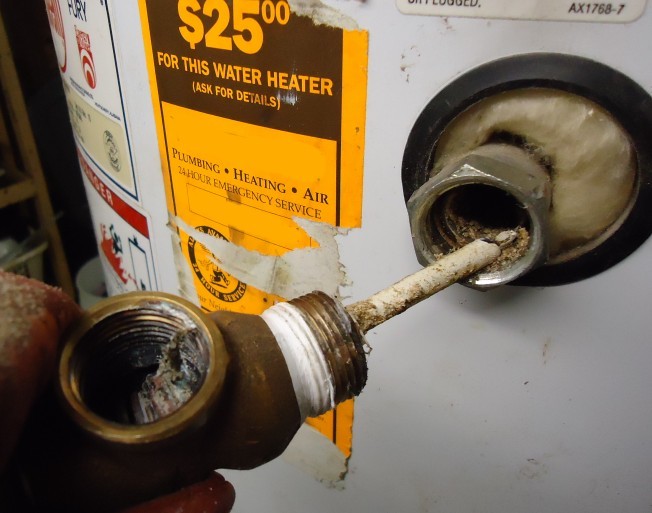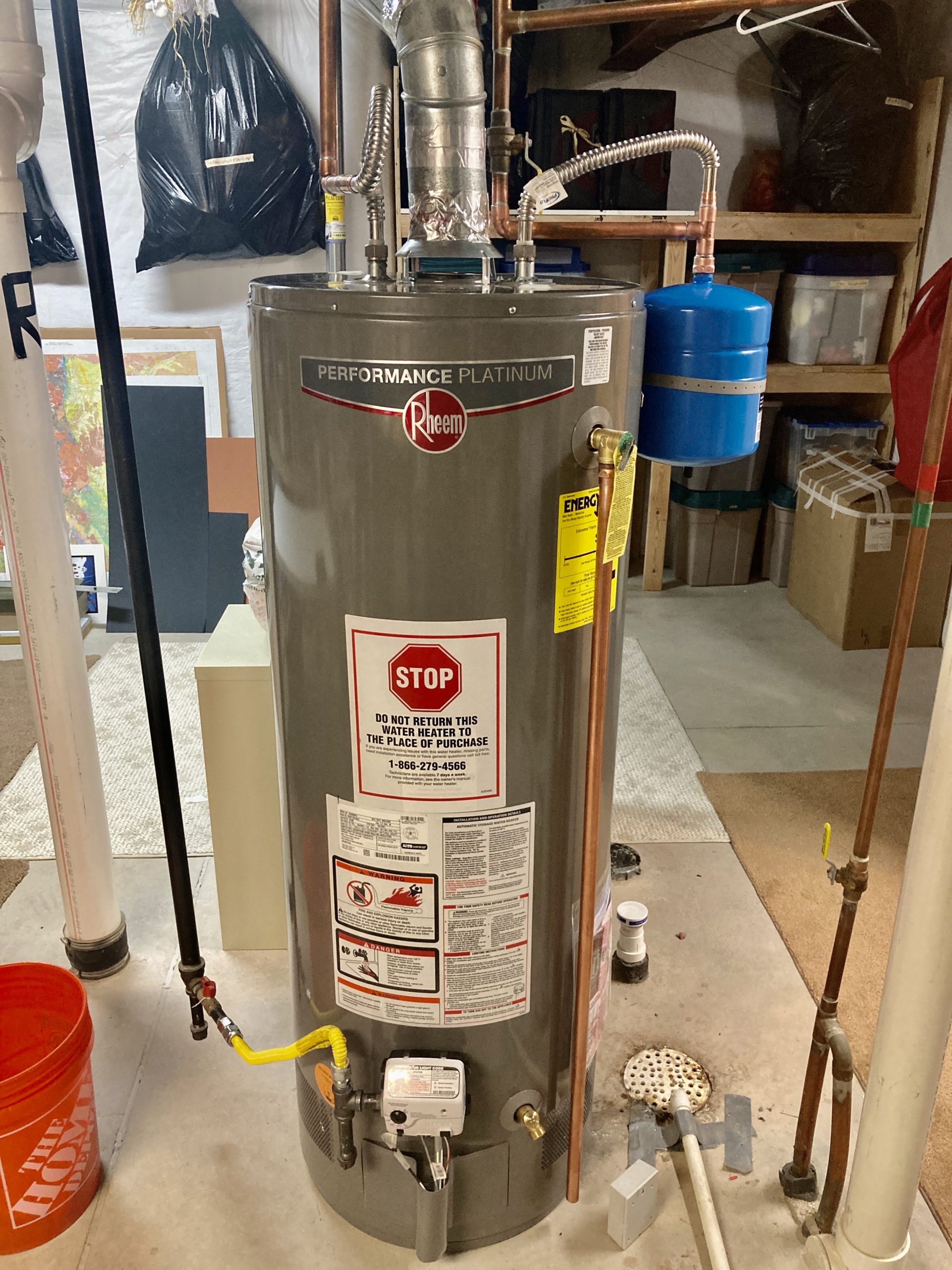How do you feel about How to Maintain a Hot Water Heater in a Few Simple Steps?

Hot water is necessary for daily comfort, whether it's for a rejuvenating shower or cleaning dishes. To ensure your warm water system runs effectively and lasts much longer, regular upkeep is essential. This write-up offers practical ideas and insights on just how to preserve your home's warm water system to avoid disturbances and expensive repairs.
Intro
Maintaining your home's hot water system might appear challenging, however with a couple of straightforward steps, you can guarantee it runs smoothly for many years ahead. This guide covers every little thing from understanding your hot water system to DIY upkeep tips and understanding when to call in specialist help.
Value of Preserving Your Warm Water System
Regular upkeep not just expands the life-span of your hot water system however additionally ensures it operates effectively. Ignoring upkeep can lead to decreased performance, greater energy expenses, and even early failing of the system.
Indicators Your Warm Water System Needs Maintenance
Understanding when your warm water system needs attention can avoid significant issues. Look out for indicators such as irregular water temperature level, weird noises from the heater, or rustic water.
Recognizing Your Warm Water System
Before diving into maintenance tasks, it's practical to comprehend the standard elements of your warm water system. Commonly, this includes the hot water heater itself, pipelines, anode poles, and temperature controls.
Monthly Maintenance Tasks
Routine regular monthly checks can assist catch minor problems prior to they escalate.
Flushing the Water Heater
Flushing your water heater eliminates debris accumulation, boosting performance and extending its life.
Monitoring and Changing Anode Rods
Anode rods avoid rust inside the storage tank. Checking and changing them when worn out is critical.
Evaluating and Readjusting Temperature Level Setups
Changing the temperature settings guarantees optimum performance and safety.
Do It Yourself Tips for Maintenance
You can carry out a number of upkeep tasks yourself to maintain your warm water system in top condition.
Checking for Leakages
Frequently inspect pipelines and links for leaks, as these can lead to water damage and greater expenses.
Testing Stress Relief Valves
Evaluating the stress relief valve ensures it operates properly and avoids too much stress buildup.
Shielding Pipelines
Insulating warm water pipes reduces warm loss and can save power.
When to Call an Expert
While DIY maintenance is beneficial, some problems require specialist experience.
Complicated Problems Calling For Expert Help
Instances include significant leaks, electrical problems, or if your hot water heater is consistently underperforming.
Regular Expert Maintenance Conveniences
Professional upkeep can include complete evaluations, tune-ups, and ensuring compliance with security standards.
Verdict
Routine maintenance of your home's warm water system is important for performance, longevity, and expense financial savings. By complying with these pointers and understanding when to seek professional aid, you can make sure a dependable supply of warm water without unanticipated disruptions.
How to Maintain an Instant Hot Water Heater
Before tinkering with your hot water heater, make sure that it’s not powered on. You also have to turn off the main circuit breaker and shut off the main gas line to prevent accidents. Also turn off the water valves connected to your unit to prevent water from flowing into and out of the appliance. 2. When you’re done, you have to detach the purge valves’ caps. These look like the letter “T” and are situated on either side of the water valves. Doing so will release any pressure that has accumulated inside the valves while at the same time avoid hot water from shooting out and burning your skin. 3. When the purge valves’ caps are removed, you have to connect your hosing lines to the valves. Your unit should have come with three hoses but if it didn’t, you can purchase these things from any hardware or home repair shops. You can also get them from retail stores that sell water heating systems. Read the user’s manual and follow it to complete this task properly. When the hosing lines are connected, open the purge port’s valves. 4. You should never use harsh chemical cleaners or solutions when cleaning your unit. Make use of white vinegar instead. It should be undiluted and you’ll probably use about 2 gallons. 5. Now flush your water heater. This task should probably take about 40 minutes. We can’t give you specific directions for this because the procedure is carried out depending on the type, model and brand of your heater. With that being said, refer to the user’s manual. 6. When you’re done draining the unit, you have to turn off the purge port valves again. Remove the hosing lines that you earlier installed on each of the water valves. Put the valve caps (purge port) back in their respective places and be very careful so as not to damage the rubber discs that are found inside these caps. 7. Now that everything’s back in place, check your user’s manual again to find out how to reactivate your water heating system. 8. Once it is working, turn one of your hot water faucets on just to let air pass through the heater’s water supply pipes. Leave the tap on until water flows smoothly out of it. https://www.orrplumbing.com/blog/2014/september/how-to-maintain-an-instant-hot-water-heater/

Do you enjoy reading about Tips For Maintaining Your Hot Water Heater? Make a short review further down. We would be pleased to find out your feelings about this blog posting. We hope that you visit us again before long. Sharing is caring. You never know, you may be helping someone out. Kudos for your time. Kindly stop by our blog back soon.
Visit Our Website